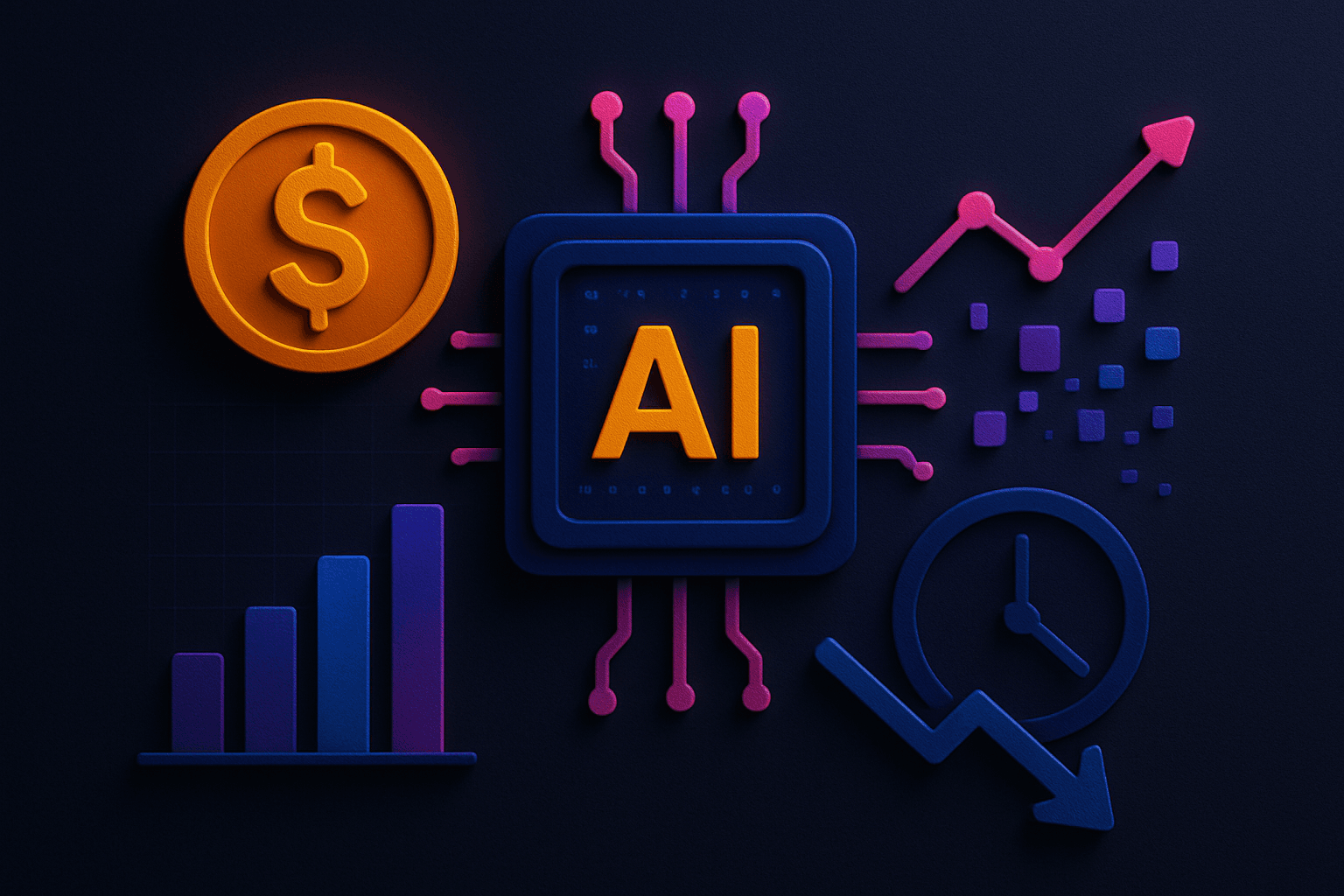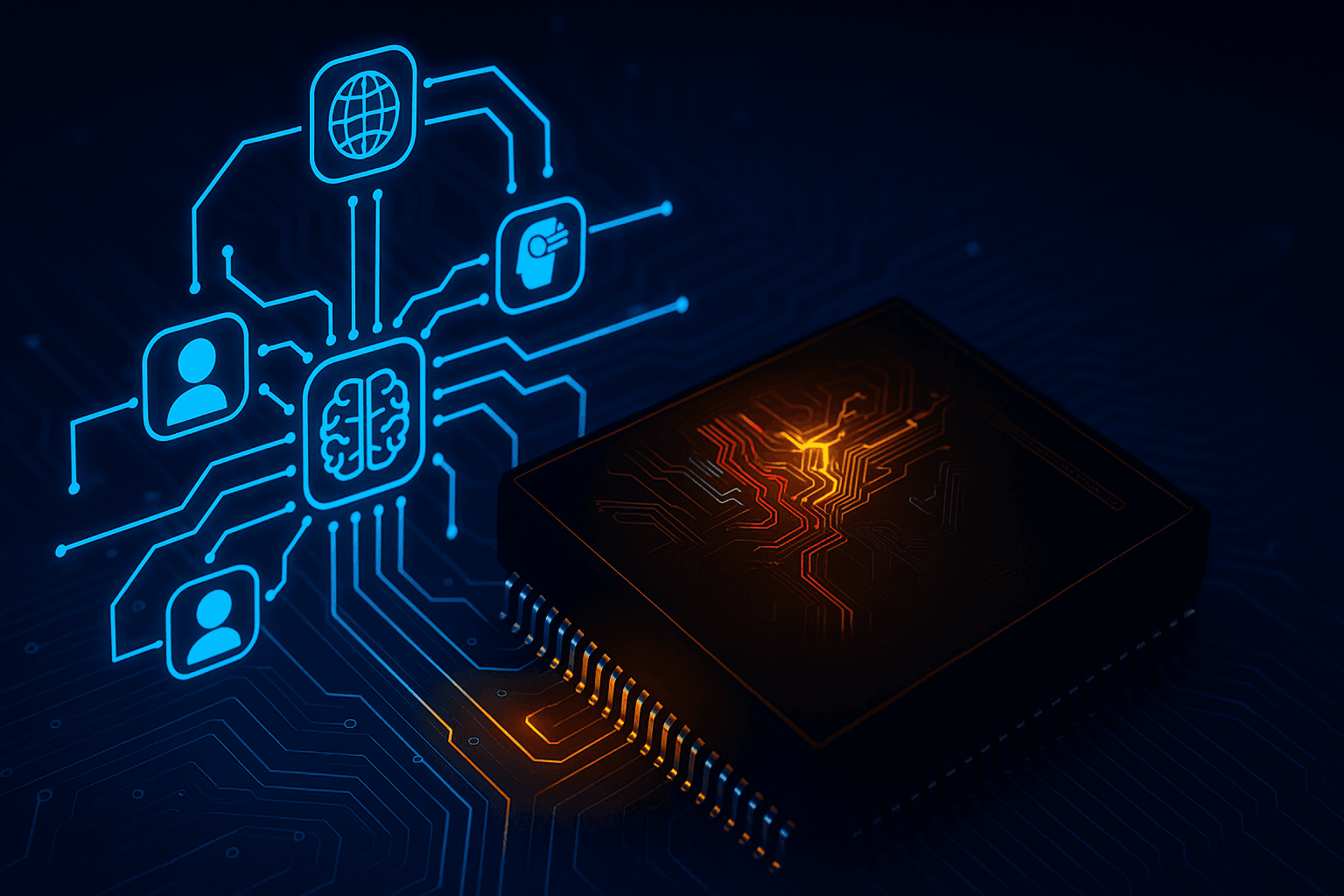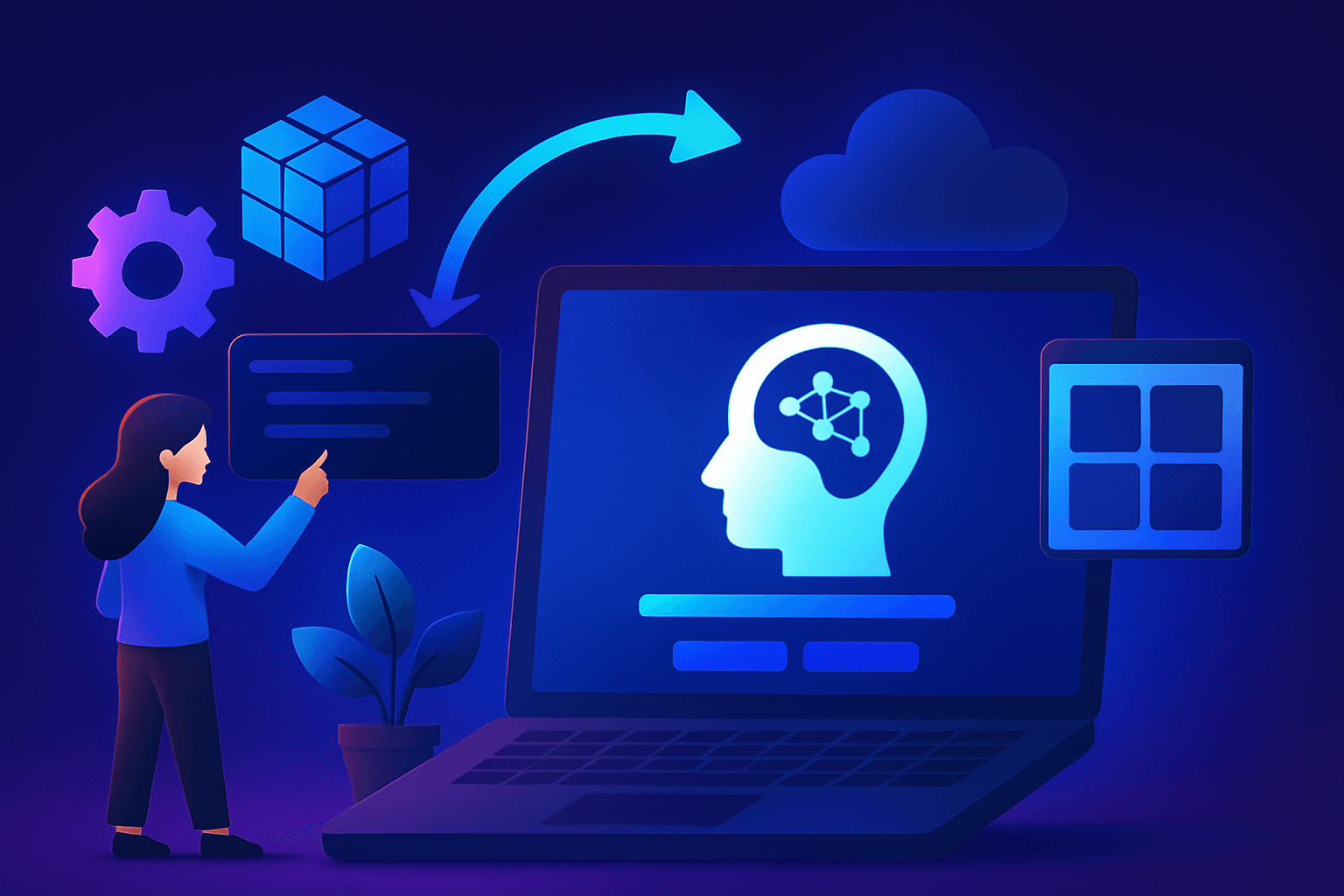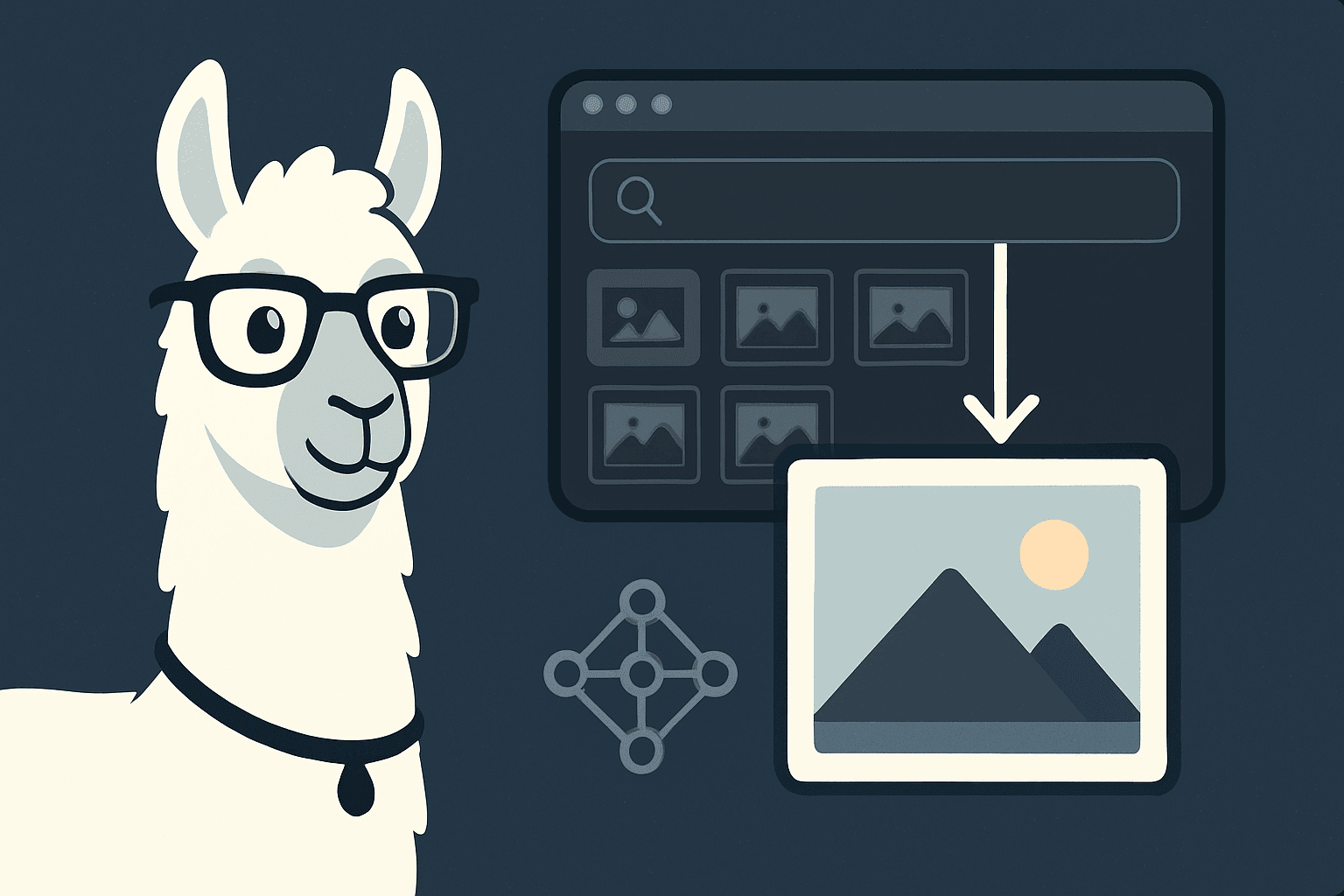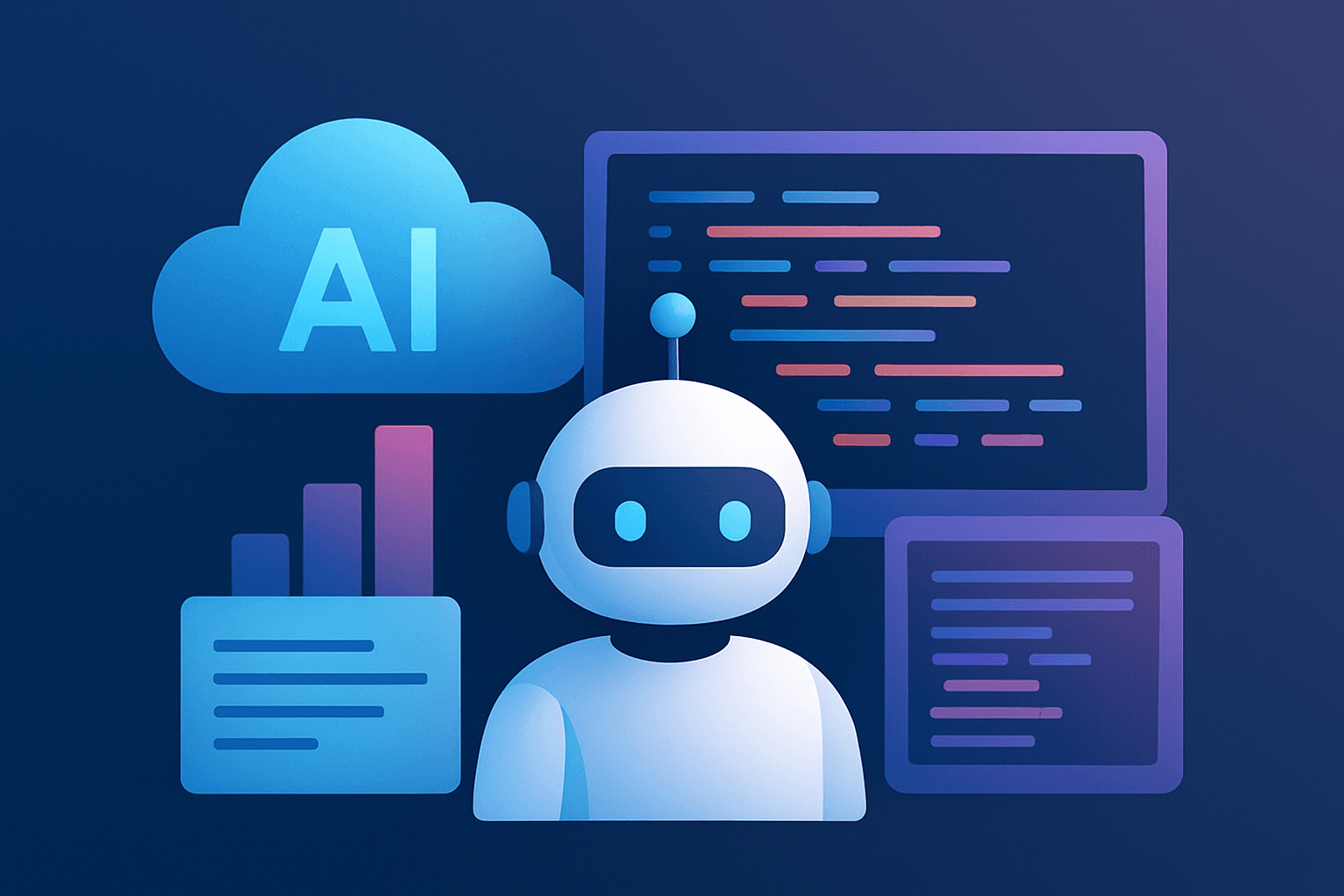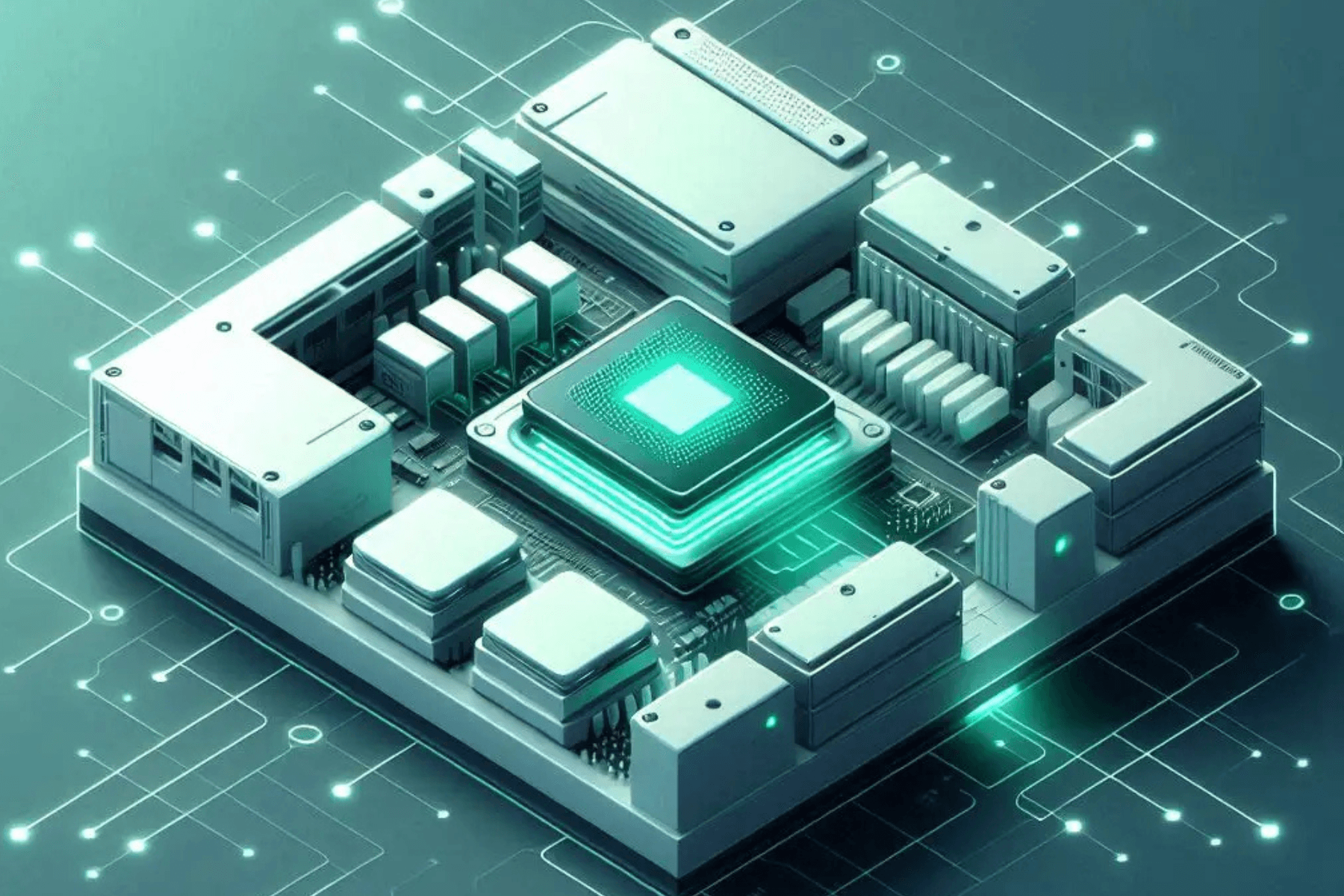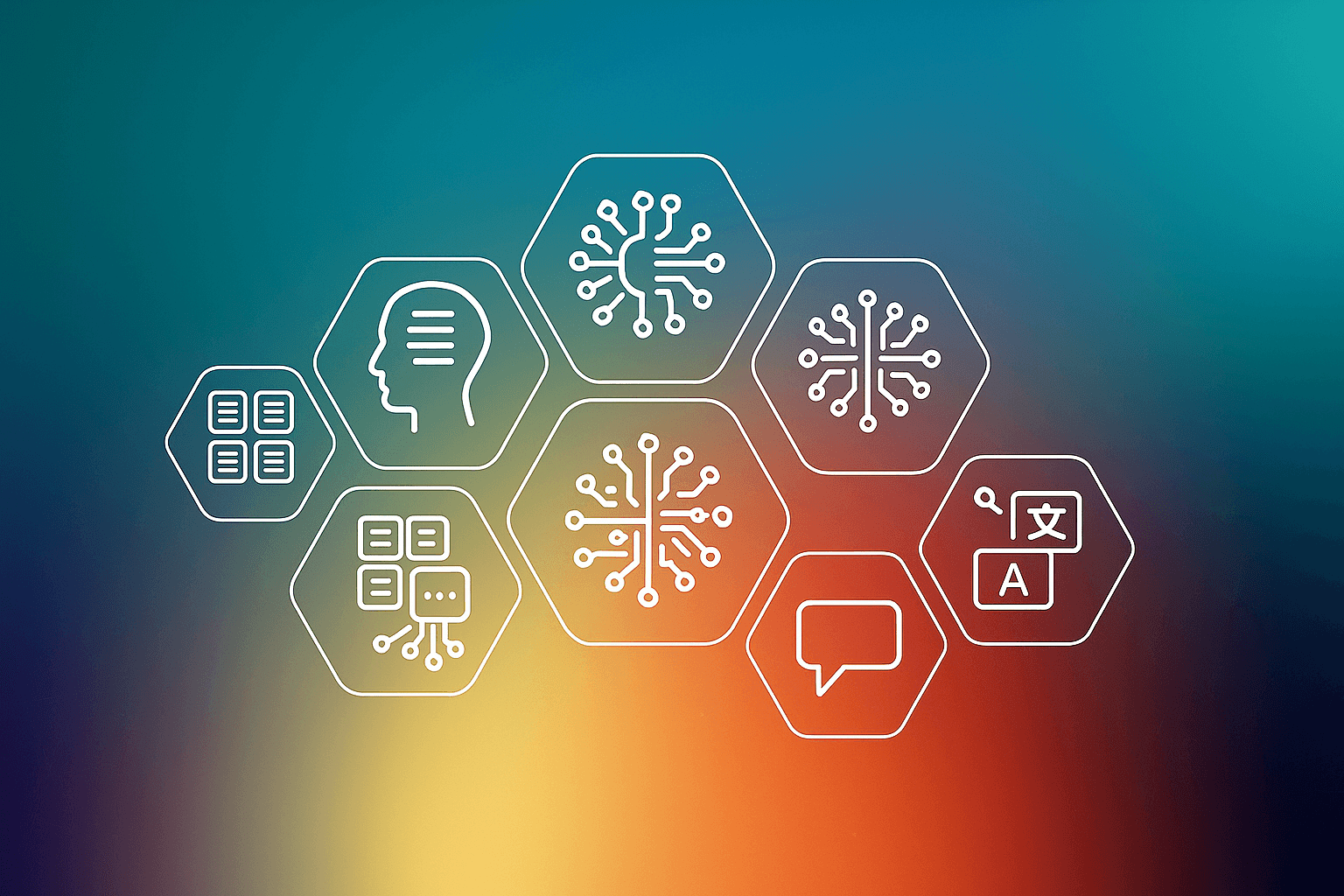Unlike other fields, machine learning (ML) and artificial intelligence (AI) tend to have a higher frequency of super-interesting and jaw-dropping developments with each passing year. These are the things that make you say ‘wow’ and even ‘what a time to be alive.’
Let’s have a look at what AI/ML has offered us in 2020. Here are the top 7 artificial intelligence/machine learning breakthroughs of this year.
1. Real-time personalisation opportunities
Understanding your customer in real-time and knowing their needs and offering them services has been made possible with AI. AI can interact with customers in real-time, study their purchase behaviour, and accordingly suggest attractive products or services. That means more sales for the businesses.
71% of the B2B marketers are interested in using AI for personalisation. 28% of top-performing organisations use AI for marketing. Personal interactions need to happen in real-time so that the recommendations are relevant to the user and keep them engaged.
When a user is interested in a particular product, AI will engage with them to give more suggestions. With each passing year, the number of personalisation opportunities is increasing for businesses.
2. Deep learning to track human motion
Advancements in deep learning have made video/image analysis more accessible, and also cheaper to deploy when compared to the past. A breakthrough is the deployment of deep learning to track human motion.
AI-based deep learning technology is capable of detecting signals of complex five finger motions in real-time. The sensor patch is attached to the user’s wrist. It is a single-strained skin sensor that will track human movement from a distance with a virtual 3D hand that mirrors the actual motion.
3. The intersection of AI/ML and IoT
In recent years, IoT has been a rapidly growing area. The global IoT spending is expected to reach 1.1 trillion USD by 2023.
The blend of AI/ML with IoT is making devices smarter and more secure. Moreover, the benefits flow both ways. How? AI and ML need a huge amount of data to operate successfully, which is precisely what networks of IoT devices offer.
In 2021 we are to see how ‘Artificial Intelligence of Things (AIoT)’ could redefine the way we live.
4. Federated learning
As per Google’s research paper titled, Communication-Efficient Learning of Deep Networks from Decentralised Data, we define federated learning as a technique that lets users collectively reap the benefits of shared models trained from rich data, without having to store it centrally.
It cuts down the requirement of moving massive data to a central server for training purposes. This, consequently, also addresses our data privacy woes.
Here is an example for you.
When Google’s Android Keyboard, Gboard, shows a suggested query, our smartphone locally saves the information above the current context and whether we clicked on the suggestion or not. Federal learning later processes the history on-device to make better recommendations during the next iteration of Gboard’s query suggestion model.
5. AI to get less data-hungry
We all know deep learning techniques are data-hungry; they can work accurately only when trained and tested on massive amounts of data. Often companies find it challenging to feed the right kinds of data and the required volumes of data to drive accurate results.
With the advancements in generative adversarial networks (GAN), several AI research areas are now able to synthesise their training data. However, it doesn’t eliminate the need for collecting real-world data.
6. Quantum computing
Quantum computing promises to revolutionise various aspects of computer science and could be helpful in supercharging AI in the coming years.
Quantum computing can enhance the speed and efficiency of how we generate, store, and analyse huge amounts of data. This holds enormous potential for big data, machine learning, AI, and privacy.
By massively increasing the speed of sifting through, quantum computing could benefit AI and humanity greatly.
7. Tiny AI
Another breakthrough is that the researchers are shrinking the size of existing AI models with the help of a process known as knowledge distillation. Through this process, there is no loss in the algorithm’s capabilities or performance speed.
Wondering how it is beneficial to us? You won’t experience latency because there is no interaction with the cloud, and also, there are lesser privacy issues. By 2021, 75% of the commercial enterprise apps will use AI.
Wrapping up
Did this article make you more curious about artificial intelligence and machine learning developments, if you weren’t already? Share your thoughts with us in the comments section.
To take a free trial please signup here:- http://bit.ly/3hhaiJm
